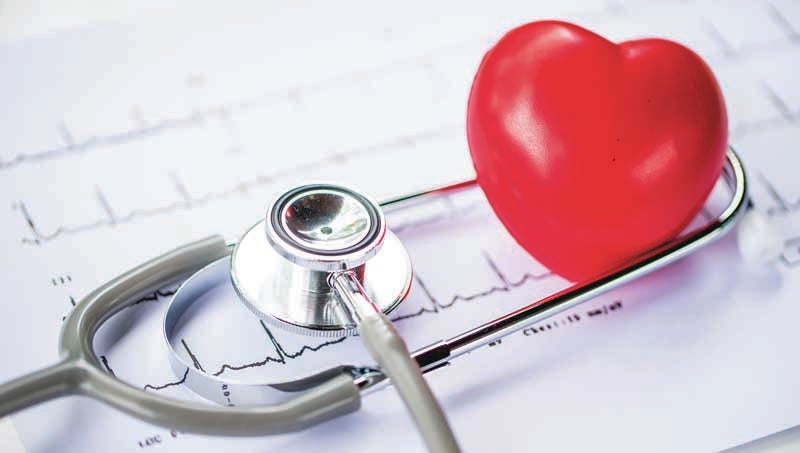Recognizing signs of heart disease and stroke
Published 2:24 pm Monday, January 25, 2021
|
Getting your Trinity Audio player ready...
|
By Meagan Overman
2021 is here and although we would have liked for the COVID-19 virus to vanish with 2020, unfortunately that has not been the case. New cases and hospitalizations are at an all-time high in our area; however, heart disease and stroke continue to be the top two reasons for death in the country. A study by the Centers of Disease Control and Prevention (CDC) has estimated by June 30, 2020, 41% of the U.S. adult population had delayed or avoided medical care due to concerns about COVID-19.
A third of the U.S. adult population has delayed or avoided routine medical care, which may be due to stay-at-home orders, temporary closures of health facilities, or other factors.
It is imperative for adults to keep routine medical visits in order to manage chronic conditions, receive routine vaccinations, and detect new conditions early. Approximately 12% of the U.S. adult population delayed or avoided urgent or emergency care. Adults experiencing a medical emergency should seek care without delay, despite the COVID-19 pandemic. Delaying care can be dangerous and even deadly, and your local hospital is the safest place to be if there is a medical emergency.
With February and American Heart Month right around the corner, it is a great time to be reminded of the signs and symptoms of heart disease and stroke.
According to the American Heart Association, someone dies of a heart attack or stroke every 40 seconds in the United States. More than 350,000 out-of-hospital cardiac arrests occur every year. While symptoms of a heart attack can be sudden and intense, most of the time symptoms come on slowly and may be very mild. It is important to be aware of your body and call 911 if you experience any of the following symptoms.
Most symptoms of heart disease involve chest discomfort that lasts more than a few minutes. It may go away and return, especially with exertion or rest. It can be mild, moderate, or severe pain, discomfort, pressure, squeezing, or fullness. Discomfort can also radiate into one or both arms, the back, neck, jaw or stomach. Shortness of breath can occur with or without chest pain/discomfort. Other signs include lightheadedness, nausea, or breaking out in a cold sweat. The most common symptom of heart disease in men and women is chest pain or discomfort; however, women are somewhat more likely to experience other symptoms, such as shortness of breath, nausea/vomiting, and back or jaw pain.
The most common signs of stroke among both men and women are numbness or weakness in the face, arm, or leg, trouble speaking or understanding speech, vision problems, trouble walking or lack of coordination, and severe headache without a known cause. Some women may experience additional symptoms that could be missed or brushed off, which may lead to a delay in receiving lifesaving treatment. Women may also experience general weakness, disorientation and confusion or other memory problems, fatigue, and nausea or vomiting. Learn the acronym FAST to recognize stroke signs and when to call 911: face drooping, arm weakness, speech slurring – time to call 911.
Learn the signs of heart and attack and stroke. Even if you’re not sure you’re having either medical emergency, do not delay seeking care. Call 911 immediately — do not drive yourself or have someone drive you to the nearest facility. Minutes matter and can save your life or someone else’s, and calling 911 is always the fastest way to receive lifesaving treatment if needed. The emergency medical services team can begin treatment immediately when they arrive. They are trained to revive someone if their heart stops, and they will alert the nearest facility on their condition so the hospital is prepared when they arrive. Even during the COVID-19 pandemic, the hospital is still the safest place for you to receive care. Infection control protocols are being followed to keep infected people away from others. Hospital workers are trained in disaster readiness and have made plans to ensure adequate staffing and safety for both patients and workers.
Meagan Overman, MS, is a Clinical Exercise Physiologist at Vidant Wellness Center and can be reached at 252–975-4236.






